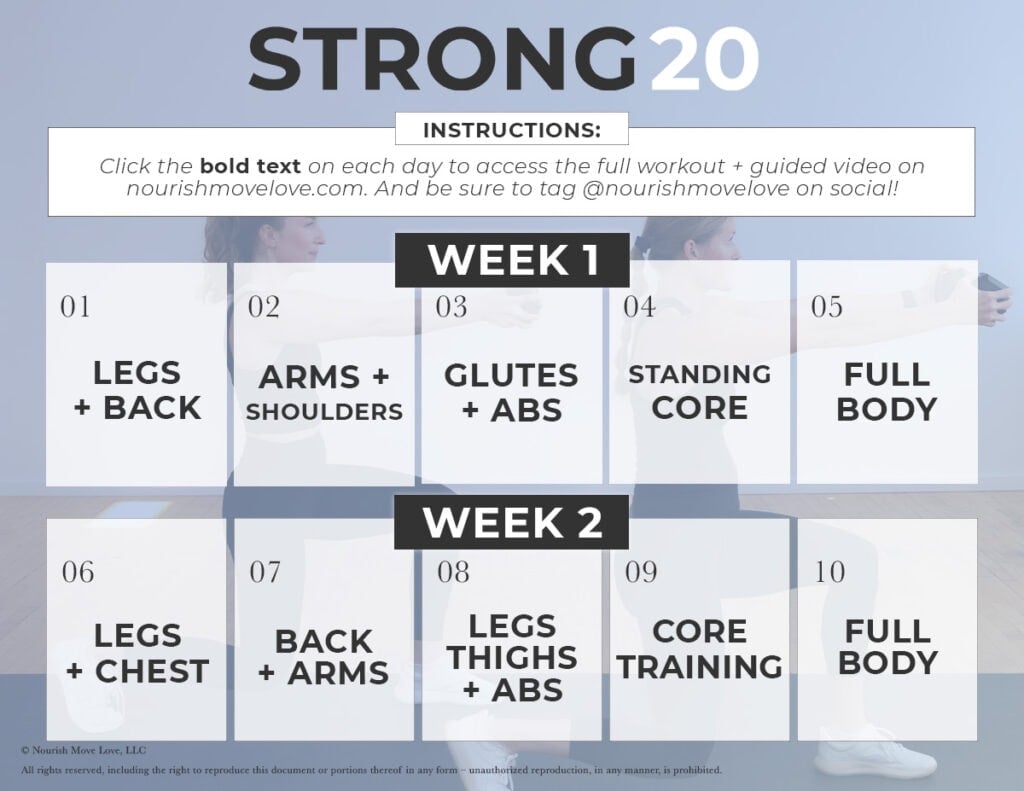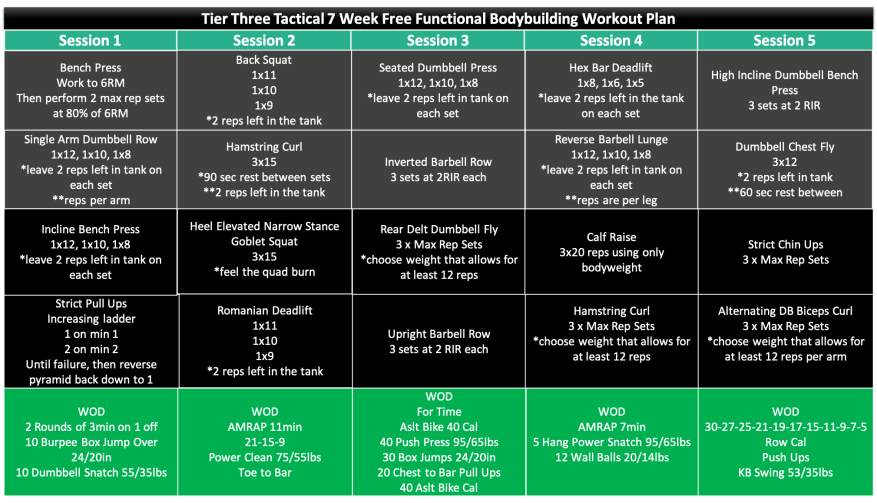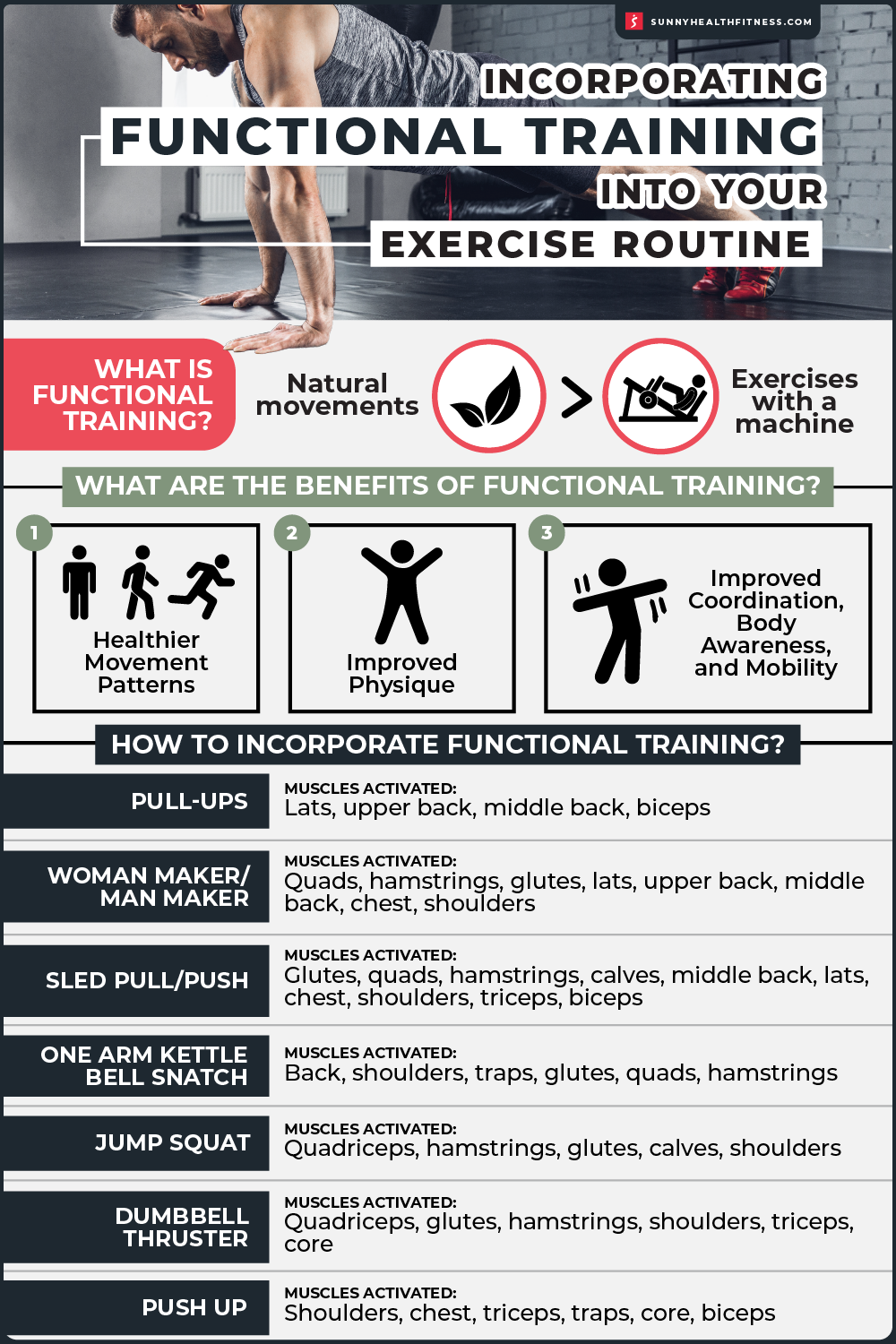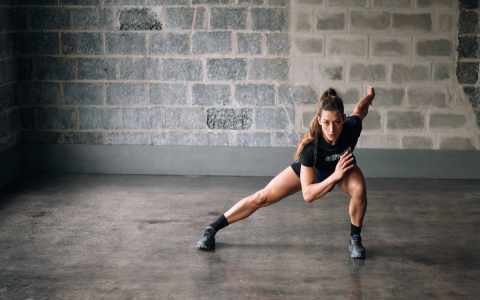So, you want to know how I ended up making my own functional training program PDF, huh? It wasn’t like I woke up one day and decided to become a fitness guru, trust me. It was more out of, well, a bit of frustration and needing something that just worked for me.

Figuring Out What I Even Wanted
First off, I spent a good while just looking around online. You know how it is. Tons of programs, a million exercises. Most of them seemed geared towards folks wanting to look like movie stars, or they were so complicated I’d need a PhD to figure them out. I just wanted to feel better, move better, and not pull a muscle bringing in the groceries, you know?
I scribbled down some notes, tried a few things I found. Some days I’d do this, other days I’d try that. It was a real mess, honestly. No structure. I realized pretty quick that just winging it wasn’t going to cut it. I needed a plan, something I could stick to and see if it was actually doing any good.
Getting Down to Brass Tacks
So, I decided to get a bit more serious. I thought, okay, what does “functional” even mean for me? For me, it meant exercises that helped with everyday movements. Stuff like:
- Lifting things (hello, squats and deadlift variations, even if just with bodyweight or light stuff at first)
- Pushing things (push-ups, overhead presses)
- Pulling things (rows, pull-aparts)
- Carrying things (farmer’s walks, even if it’s just around the living room with some heavy books)
- Twisting and bending (safely, of course!)
I wasn’t aiming for massive muscles. I was aiming for not groaning every time I bent down to tie my shoes. Real life strength, that was the goal.
I started listing out exercises that hit these kinds of movements. I tried to pick things that didn’t need a ton of fancy equipment because, let’s be honest, my living room isn’t a commercial gym. Bodyweight stuff, maybe some resistance bands, a couple of dumbbells if I was feeling ambitious.

Putting Pen to Paper (or, well, Clicks to Document)
Once I had a decent list of exercises I liked and that felt right, the next step was actually making this “program” into something usable. A PDF seemed like the easiest way to have it all in one place, something I could look at on my phone or print out.
I fired up a basic word processor. Nothing fancy. I’m no graphic designer, so it wasn’t going to win any awards. I just wanted it clear and easy to read. I decided on a simple layout: exercise name, maybe a super brief note on how to do it (or a reminder for myself), and then space for sets and reps.
I tried to group exercises for different days. Maybe a push day, a pull day, a legs day, or full body a few times a week. I played around with this a bit. My first draft was probably too ambitious, way too many exercises. I had to pare it back to something realistic that I’d actually do.
The Nitty-Gritty Details
A list of exercises is one thing, but a program needs more. So, I added sections for a warm-up. Super important, learned that the hard way a few times. Just some light cardio, dynamic stretches. Nothing crazy. And a cool-down too, some static stretches.
I also put in notes about rest days. Because, guess what, your body needs to recover. I also jotted down how to maybe make things harder over time – more reps, more sets, or slightly tougher variations of exercises. Progression, they call it. For me, it was just “how not to get bored and keep making a tiny bit of progress.”

Testing it Out Myself
Then came the fun part: actually using the darn thing. I was my own guinea pig. For a few weeks, I followed my shiny new PDF. Some exercises felt great. Others, I realized, either didn’t flow well or were just not doing it for me. So, I tweaked it. Changed an exercise here, adjusted reps there. It was a bit of trial and error.
I found that keeping it simple was key. If it was too complicated, I’d just find an excuse not to do it. So, simple, effective, and sustainable became my mantra for this little project.
What I Ended Up With
In the end, I had this functional training program PDF. It’s not perfect, and it’s definitely tailored to what I need and what I have available. But it works for me. It’s organized, it gives me a clear plan, and it stops me from just randomly doing exercises with no real purpose.
It took a bit of time, some thinking, and a willingness to just try stuff and see what stuck. But hey, now I’ve got my own little guide. And that’s pretty much how my “functional training program pdf” came to be. No magic, just a bit of practical effort.












